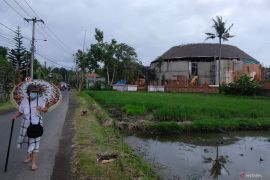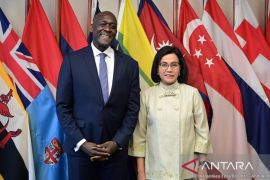The appointment was made during a meeting held at the UNESCO Headquarters, here on Nov. 18, Indonesian Ambassador/Permanent Representative to UNESCO Fauzi Soelaiman, told ANTARA on Wednesday.
Being member of the Committee, Indonesia is committed to the protection and preservation of natural and cultural heritage at a bigger scale, the ambassador said.
Indonesia was a member of the Committee during the 1989-1995 period.
So far, 13 objects of Indonesian natural and cultural heritage have been inscribed in the UNESCOs World Heritage List.
The objects include the Borobudur and Prambanan Temples (1991), Sangiran Early Man Site (2004), the Ujung Kulon (in Banten) and Komodo Dragon (in East Nusa Tenggara) National Parks (in 1991), the Lorentz National Park in Papua (1999), and the Sumatera forest covering the Mount Leuser, Kerinci Seblat, and Bukit Barisan national parks (2004).
The World Heritage Committee is scheduled to hold its 11th extraordinary session at UNESCO Headquarters on November 19, 2015.
The 21 States Parties of the current World Heritage Committee are Angola, Azerbaijan, Burkina Faso, Croatia, Cuba, Finland, Indonesia, Jamaica, Kazakhstan, Kuwait, Lebanon, Peru, Philippines, Poland, Portugal, Republic of Korea, Tunisia, Turkey, United Republic of Tanzania, Viet Nam, and Zimbabwe.
The World Heritage Committee meets once a year, and consists of representatives from 21 of the States Parties to the Convention elected by their General Assembly.
The Committee is responsible for the implementation of the World Heritage Convention, defines the use of the World Heritage Fund and allocates financial assistance upon requests from States Parties. It has the final say on whether a property is inscribed on the World Heritage List.
It examines reports on the state of conservation of inscribed properties and asks States Parties to take action when properties are not being properly managed. It also decides on the inscription or deletion of properties on the List of World Heritage in Danger.(*)
Editor: Heru Purwanto
Copyright © ANTARA 2015











